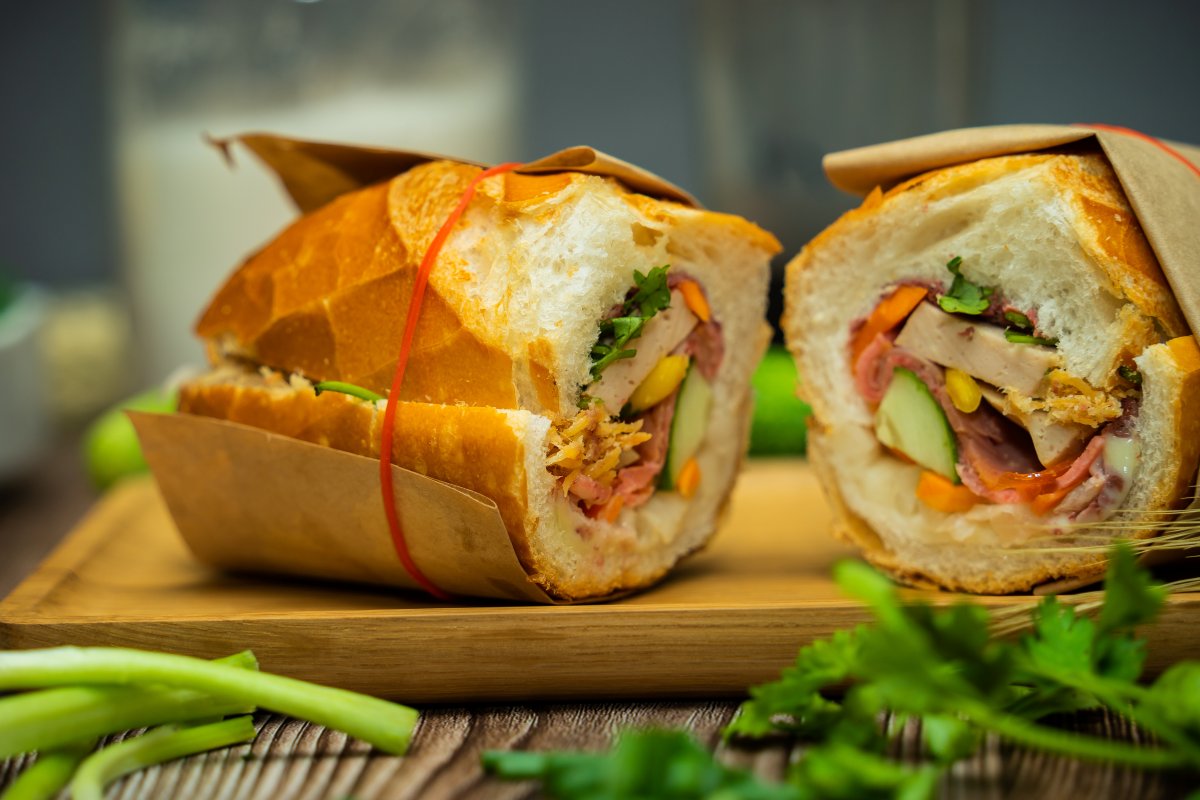Cultural heritage meets technology at RMIT Business Plan Competition 2025
Five finalist teams from Ho Chi Minh City, Hanoi and Gia Lai showcased tech-driven business ideas inspired by Vietnam’s cultural identity at the RMIT Business Plan Competition 2025 Grand Finale.
Vietnam’s electronics FDI: Growth without spillovers?
The dominance of foreign-invested companies in Vietnam’s high-tech sector limits technology spillovers and domestic productivity gains, according to researchers from The Business School at RMIT Vietnam.
As Vietnam’s flood risks evolve, so must its preparedness
Extreme rainfall and successive storms are reshaping Vietnam’s flood risks, prompting experts to call for a more proactive and coordinated approach to disaster management.
Playful learning, serious impact with LEGO® Serious Play®
What if the key to deeper learning, stronger collaboration, and more creative thinking in universities wasn’t found in textbooks, but in a box of LEGO® bricks via LEGO® Serious Play®?






